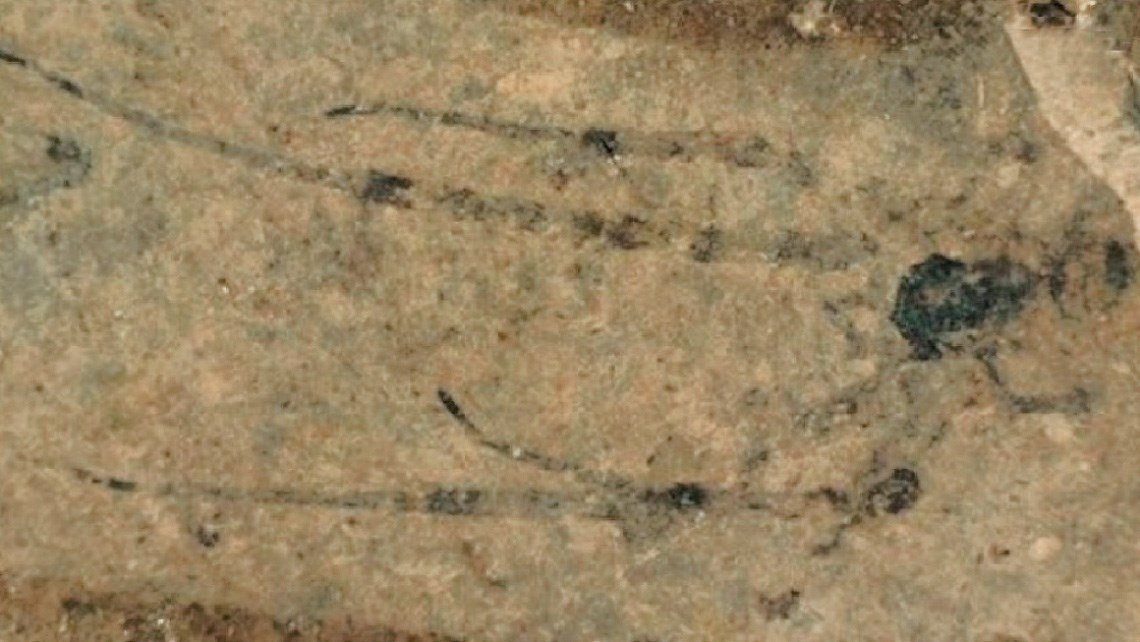Spiders emerged on Earth hundreds of millions of years ago, but because of their fragile bodies, they leave few fossil records—most of those found are preserved in amber. In South America, spider fossils are very rare and generally date from specific geological periods, usually the lower Cretaceous (between 145 million and 100 million years ago) or the Pleistocene (within the last 2 million years). In a recently published study, researchers from Paraná and São Paulo described a highly unusual spider fossil from an intermediate period: the Paleogene, between 65 million and 23 million years ago. Found in Tremembé in the interior of São Paulo State in the 1990s, the fossil is preserved in a sedimentary rock of the Taubaté formation and is part of the paleontology collection at the University of Guarulhos (UNG). Paleontologist Ariel Martine of the State University of Northern Paraná (UENP) and his colleagues analyzed the fossil and described it as belonging to a new species of spider: Taubaracna maculosa, the banded spider of Taubaté. It had dark bands around its joints and an extremely long pair of front legs, four times the length of its body, which measured just 5 millimeters (Journal of South American Earth Sciences, January 2023).
RepublishPaleontology
The banded spider of Taubaté

Fossil of Taubaracna maculosa, a spider that lived between 65 million and 23 million years ago
MARTINE, A. M. et al. Journal of South American Earth Sciences. Jan. 2023